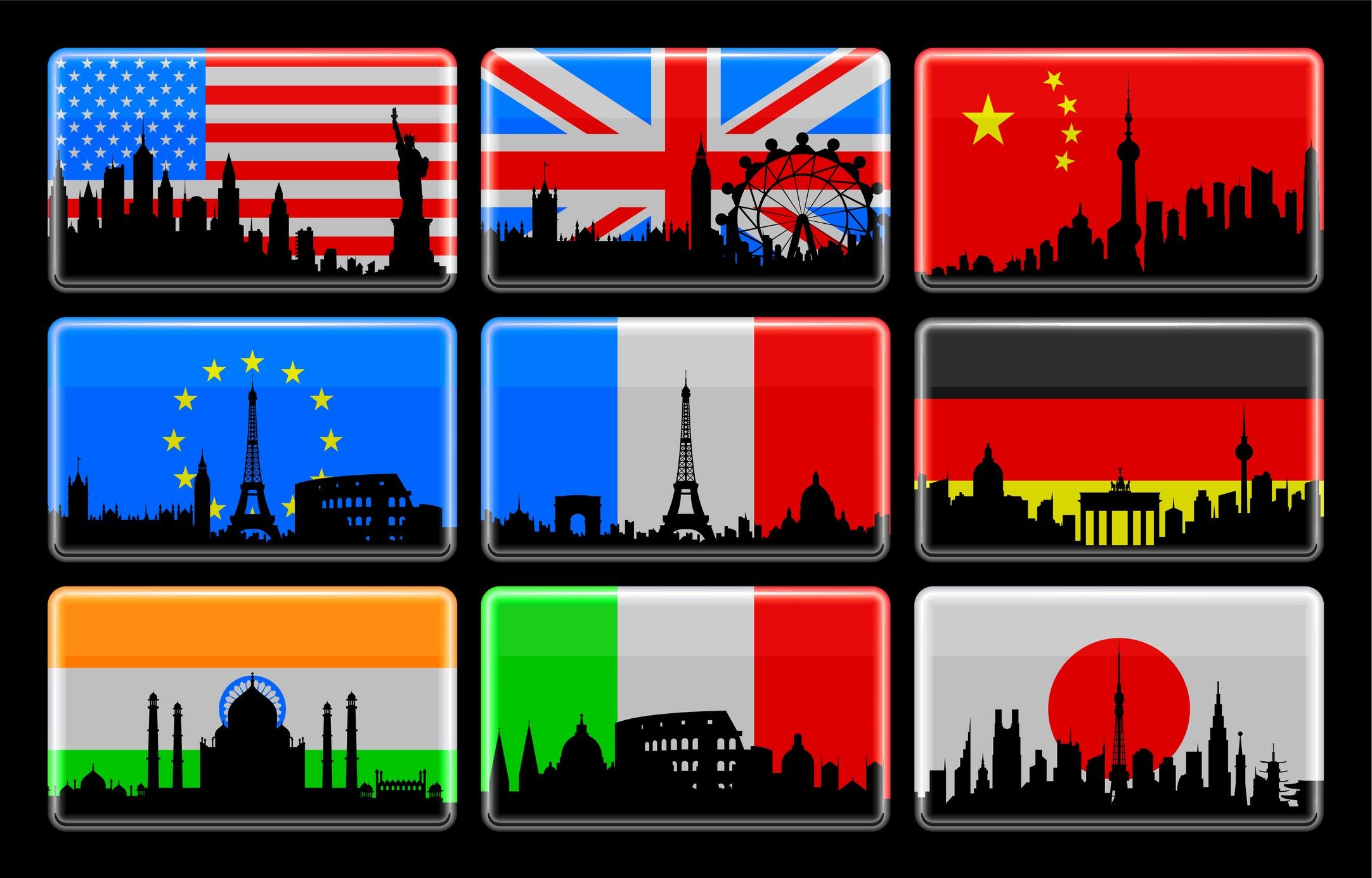
INTERNATIONAL INBOUND TRAVEL is expected to slow down in the fall after surging over the summer, according to the latest U.S. Travel Association forecast. USTA also expects it may take until 2025 for the travel segment to recover to pre-pandemic levels.
Inbound travel recovery picked up in summer and reached a pre-pandemic high of 35 percent below 2019 levels in July 2022, said U.S. Travel Association. It improved from a 41 percent decrease in May and declines of more than 50 percent earlier in 2022.
The latest report by Aaron Szyf, economist, USTA, said that inbound travel recovery continued from Europe and Latin America in the past few months, which was 22 percent below 2019 levels in July. Meanwhile, Asian markets declined 66 percent in July, largely due to stagnation from China and a very slow return from Japan.
“Travel from Japan, our second largest overseas inbound market in 2019, remained 79 percent below pre-pandemic levels in July,” Szyf said. “It is also our only “top 10” market other than China which has not yet returned to its top 10 ranking.”
While Japanese citizens have been permitted to travel abroad again, they are still required to undertake pre-departure testing upon return. From Sept. 7, vaccinated Japanese travelers will be able to return hassle-free which is likely to speed up the recovery from the market.
International inbound travel is crucial for the U.S. economy. It generated $239 billion in travel exports in 2019 and a trade surplus of $53 billion. Inbound travel to the U.S. restarted in November 2021 with the cessation of the months-long U.S. travel ban on foreign residents coming from 33 countries, including Brazil, China, India, Iran, Ireland, South Africa, the United Kingdom and Europe’s 26-nation Schengen Zone.
“Throughout most of the pandemic, while many of our top markets were subject to the U.S. travel ban, their ranks were replaced by Latin American countries, who, with the exception of Brazil, were not subject to major restrictions. Visitations from countries such as Colombia, Ecuador, Peru and air arrivals from Mexico even surpassed pre-pandemic levels for many months in 2021, while those from many other key markets were nearly stagnant,” said Szyf.
“Latin America’s dominance changed after the reopening when European markets returned at a relatively fast pace, while many Asian markets started a slower path of recovery. Visitations from Latin American markets that performed well during the pandemic actually slowed down, while those from Brazil and most other inbound markets outside of Latin America increased.”
In June, the CDC announced that fully vaccinated travelers will no longer have to test negative before entering the U.S.





